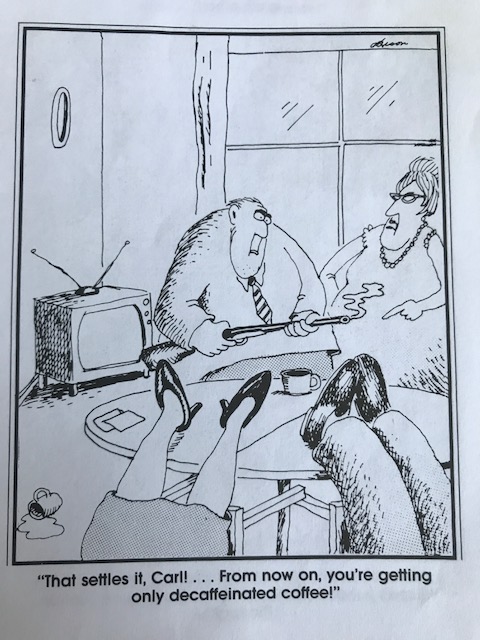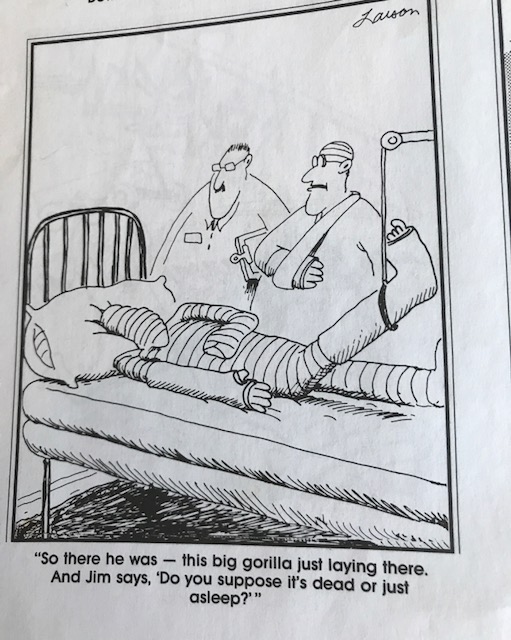
This is Ruth Ware’s third psychological thriller, the first two have both been reviewed on this blog: In the Dark, Dark Wood http://wp.me/p6N6mT-y and The Girl in Cabin 10 http://wp.me/p6N6mT-1uT
Like those earlier two novels, The Lying Game unfolds in a haunting and memorable setting: The Reach, a small coastal town whose locals are at odds with the girls who attend the local boarding school; more specifically a sinking, crumbling Mill that has been the home to a moderately famous artist, Ambrose Atagon, and his family. An artist who considered himself a part of the town, but one who upset the locals by working at and sending his daughter, Kate, to the boarding school.
Entering this remote and wild locale, are the story’s main characters: Thea, Isa, Fatima, and Ambrose’s daughter, Kate. The girls are sent by their families to attend Salten, “a last chance” all-girls boarding school where they meet and form a immediate bond, all four outsiders and longing to belong. Their solution? To form a club, exclusive to these four girls, where they constantly play what they call The Lying Game.
Rule #1 Tell A Lie
Rule #2 Stick to Your Story
Rule #3 Don’t Get Caught
Rule #4 Never Lie to Each Other
Rule #5 Know When to Stop Lying
Aiming to see who can tell the most outlandish story and ensnare the most people in it, the consequences of The Lying Game be damned. The girls soon develop a reputation, both at school and in town, for their outrageous lies. The damage these lies cause is not always immediately clear to the girls, and often when they are confronted by people hurt by their lies, they are unrepentant.
As the year passes, the girls grow wilder and more out of control, and soon take to using Kate and Ambrose’s house — a sinking mill that stands out over the water of the Reach — for nights and weekends of drinking, smoking, and parties. On one spring night, Kate sneaks out to the Mill house and finds something there that has her begging the others to sneak out of Salten to come to her aide. The sneaking out, added to a long list of transgressions relating to The Lying Game, leads to all four girls being expelled from Salten. They leave the school and each other, swearing to keep each other’s secrets forever.
Fast-forward seventeen years, and the story finds all four women living rather ordinary lives: Isa, Fatima, and Thea in London and Kate still living in the Mill despite it’s slow sinking into the water of the Reach. When Kate texts the others that she needs them to come to the Mill House immediately, the other women drop everything and rush out to help their seldom-seen but not forgotten friend.
Isa finds that the text from Kate sets off an avalanche of lies to her boyfriend, from whom she hides the real reason for her trip and the truth of the life she led at Salten, but she feels she has no choice. The Lying Game ties the four women together in ways that she cannot unravel herself from. So, terrified, Isa travels with her infant daughter, Freya, back out to the Reach, the Mill House, and to her former best friends and the keeper’s of her darkest secrets.
A good thriller, with (as I stated early) an excellent sense of place in the Mill, the Reach, the creepy boarding house, and the suspicious small town that surrounds them all. However, Ware’s timing and pacing falter throughout and her characters — as is true in all of her books — seem at times unfinished and lacking in any self-preservation. That criticism aside, it stands as Ware’s best book so far.








